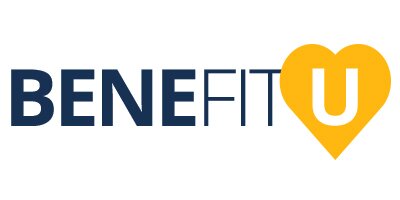Over a decade ago I strained my back and it triggered a slow downward spiral that began to impact different parts of my life. The chronic and stabbing pain led to exhaustion, lack of sleep, and an opinion from everyone on treatment options. “Don’t have surgery”, I was told”. “You just need physical therapy, or try alternative medicine, meditation, or yoga, “Here’s my chiropractor, he/she is the best”, “Tried active release techniques (ART)”, or back injections from a pain clinic, or vertical decompression, seen a neuro or orthopedic surgeon? Have you heard of Shaquille O’Neal’s Icy Hot SmartRelief system? I did all of these things. After a minor day surgery with a top doctor, I got my pain-free life back. I only wish it had not taken me almost two years to climb out.
Opioid addiction is nothing that I ever had to endure, but I understand how easily it could have been to slip down that rabbit hole. Our federal government declared Opioid addiction a national public-health emergency and 60 Minutes declared it the greatest public health crisis of the 21st century. Since 1999, the number of prescription opioids sold in the U.S. has nearly quadrupled, along with the number of overdose deaths involving Opioids. It is estimated that 2.5 million people suffer from substance abuse disorder related to prescription opioid pain relievers in the United States. 58% of Americans get their healthcare from the workplace. The family members struggling with this at your workplace are unlikely to share it openly.
The leading PBMs and carriers are aligning interventions with the Centers for Disease Control and Prevention’s (CDC) guidelines. Here are four considerations you might want to review under your corporate benefit plans:
1) Impose a quantity limit – most of the major carriers on their fully insured plans have elected to limit the quantity of Opioids prescribed for acute pain and post-surgery from a 30 day limit to a 7 day supply and include alternatives to Opioids on medication lists.
2) Expand access to affordable reversal agents, deterrent formulations and medication-assisted treatment – by removing copays for Opioid-reversal drugs (i.e. Naloxone / Narcan) we are enhancing patient access by removing any financial barriers.
3) How about Dental? - Don’t forget that about 12% of Opioids are administered in the dentist’s office. Among 10 to 19 year-old patients, dentists were the main prescribers. We applaud Aetna for taking the lead in covering non-Opioid EXPAREL for wisdom tooth extractions under their commercial dental plan offerings.
4) Share Resources with Your Employees – Remember to make your employees aware of your employee assistance plan (EAP) as a first stop for employees and family members struggling with addiction or substance abuse. Your EAP should be aware of the steps you are taking at your company to combat the addiction.
I look back on my chronic back pain and oddly consider it a blessing now. It enables me to always remember there are people behind our client’s numbers that are carrying the same burden of chronic pain I quietly shouldered each day. Remember that everyone you meet is fighting a battle you know nothing about … and Holmes Murphy’s newest Aspiration … there is a ‘Better Tomorrow Than Yesterday’ if we are intentional about making change.
